NASA is going to create the first cellular network on the Moon. It will be LTE with plans to upgrade it to 5G. To understand why the aerospace administration has chosen this format, let’s recall how mobile communications have developed.
How Apollo crews used to “talk”
In the 60s and 70s of the 20th century American crews flew to the Moon. They kept in touch with the Earth using radio stations. But this is not the same as a cell phone. It is not without reason that the first portable walkie-talkie radio appeared in 1940, and the first mobile phones became available on the market only in the early 1970s, around the time when the Apollo program stopped.
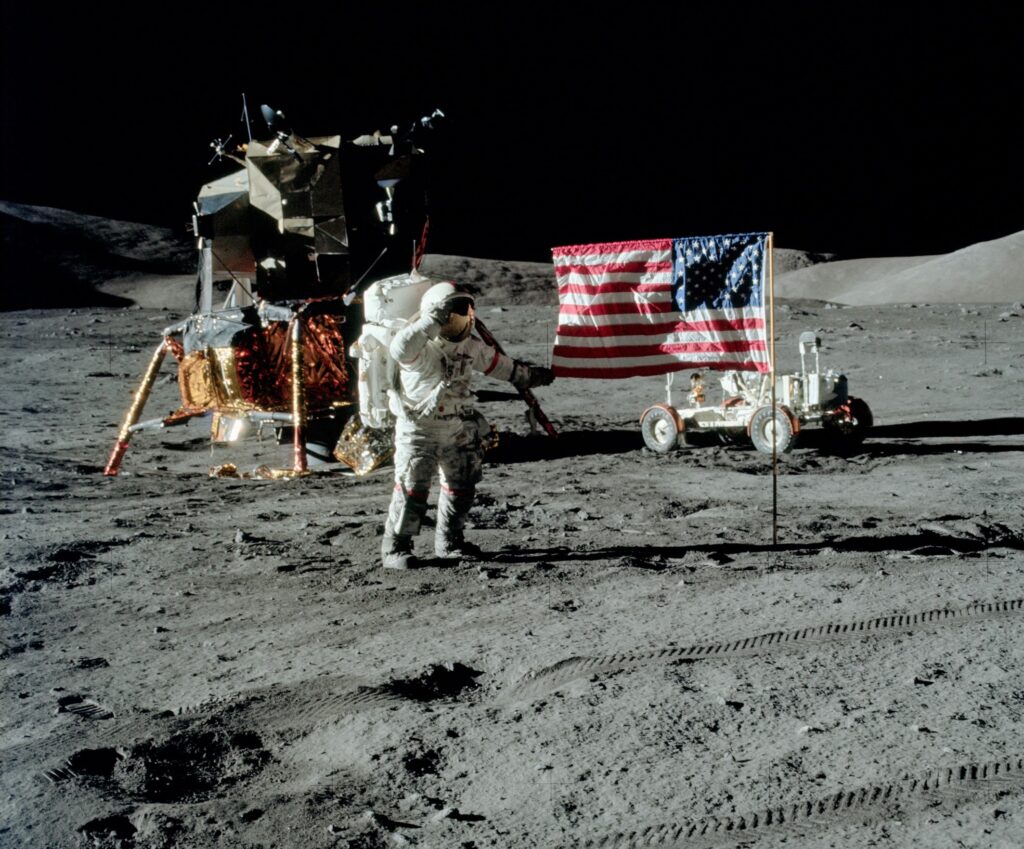
In order to understand the essence of the problem, it is worth turning to the descendants of walkie-talkies, which are still used, for example, by security guards in supermarkets. Theoretically, only two walkie-talkies are enough for communication, as each has a receiver and a transmitter. But at a distance of several hundred meters, the connection begins to disappear very quickly. Both the antenna and the power supply on a handheld radio are weak.
However, this problem can be easily solved by installing a base station with a more powerful receiver and transmitter, located somewhere in the middle of the area to be covered by radio communication. When transmitting a message, the signal first comes from the radio to the base station, and then is transmitted by the base station to other radios. This is how astronauts on the Moon communicated with each other, and their base station was located in the lunar module.
The first generation of mobile phones
If several base stations were installed at the distance necessary for signal exchange, it would theoretically be possible to build a mobile communication network on the basis of “walkie-talkies.” But in reality, this trick will not work. And the point is not even that you need to say “receive” and switch the receiver and transmitter back and forth (this is only necessary to save battery power). The only thing you need is a powerful battery to provide power to the base stations.
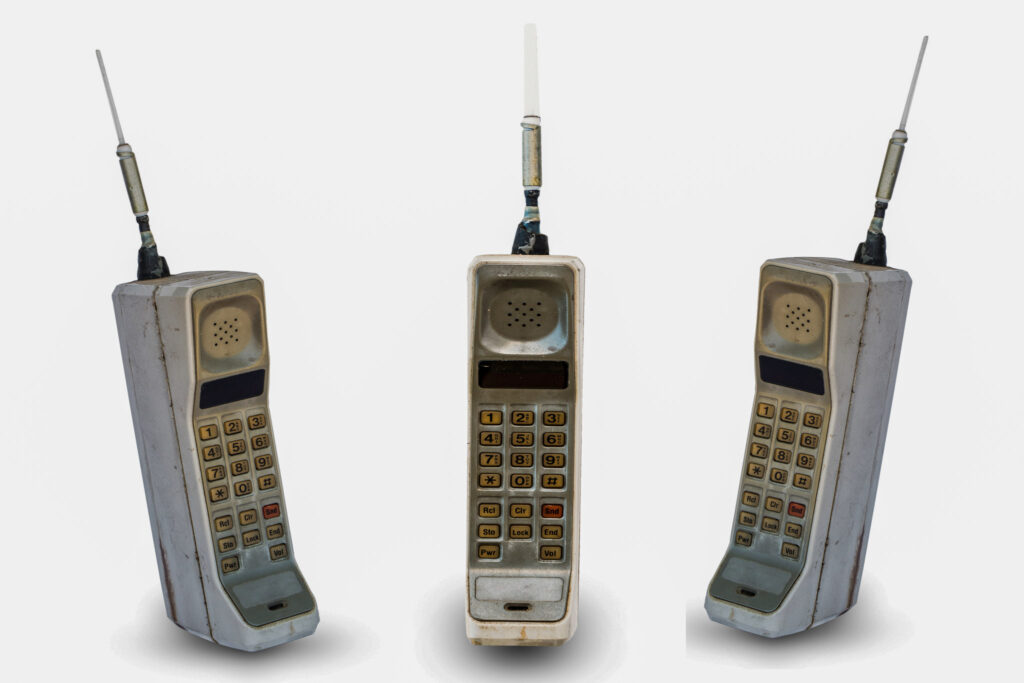
It was the battery that took up most of the volume of the “monsters” that were first to get job on the mobile network in 1973.
A much more complicated problem is that a walkie-talkie operates in a clearly defined frequency range, and all signals transmitted in this range are received by absolutely all subscribers. If ten subscribers simultaneously speak on the same wavelength, they all hear what they shouldn’t hear and don’t hear what they want to hear. This problem was partially solved back in the days of radio stations by providing them with the ability to operate on different frequencies. All two subscribers had to do was switch to a different frequency and they had a private conversation.
This was the principle behind the first mobile network. It simply allocated a sufficiently wide radio transmission band at 800 MHz and installed a device called “core” at the base station. During each individual call this core allocated a narrow band in this frequency range for the duration of that call and only for two subscribers communicating. Such analog communication, which is essentially a modified version of walkie-talkies, is now called first-generation mobile communication, or 1G. It’s hard to believe, but this generation was in use throughout the 70s and 80s, and the last of its networks were dismantled only in the late 2000s.
Digital mobile communications
The first generation of mobile communication equipment was analog. This meant that it could only transmit sound. Sound is air vibrations that are converted into electromagnetic waves. Such transmission carries little information per unit of time, but it requires a lot of power and a wide bandwidth of radio waves. In the 1980s, people learned how to transmit binary code using radio signals and discovered that it was much easier than transmitting sound vibrations. The question arose of developing digital mobile communications based on converting sound vibrations into a binary signal and transmitting them digitally. But before talking about digital communication, it is worth making some clarifications. A distinction should be made between mobile communication generations and its standards. A generation is a conditional set of different communication standards that reflects a certain level of technology development and technical approaches to solving problems. Standards are specific technical schemes on which networks are built. They may differ in frequency, design, coding, etc.
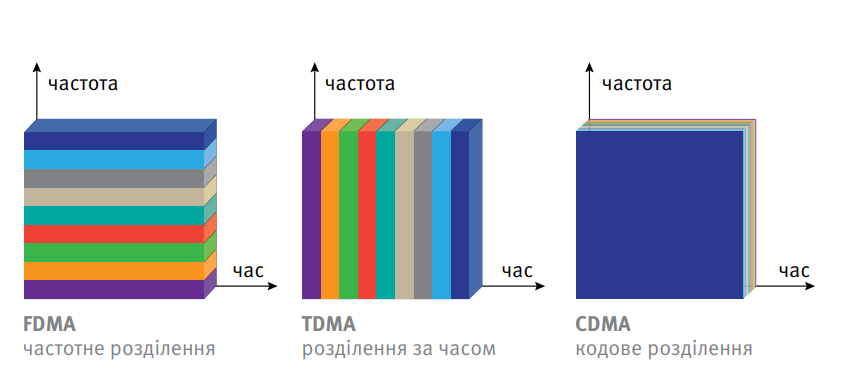
Types of channel separation in mobile communications
At the time when digital mobile communications began to be developed in 1988, the United States used its own analog communications standard (AMPS), Japan had its own NTT standard, and Europe had a number of standards in place. It was simply impossible to completely abandon analog technologies. That’s why the second generation of mobile communications was hybrid, i.e., it supported both digital and analog channels, which is why its efficiency was low.
However, it is thanks to 2G communication that such a familiar thing as SMS appeared. And the European “zoo” of standards was united into a single analog-digital GSM standard. And if anyone still remembers old phones, they were all of this standard in Ukraine.
On the way to 3G
All the technical capabilities to create a fully digital mobile network were created simultaneously with 2G in the early 1990s. But the deployment of such networks was delayed until the mid-2000s. During this time, developers realized that digital data could be compressed and sent in packets quite easily. That’s how it became possible to send images and videos using a mobile phone for the first time, without which we can’t imagine modern mobile communication, but which the Apollo astronauts could not imagine. The technology was called GPRS, and it was with its help that websites were initially opened on the phone.
If you transmit information in the form of a coded digital signal, then another opportunity arises. You can overlap conversations as many times as you want — you can still easily distinguish the desired conversation from the digital noise generated by the frequency using the same code. This is how the CDMA technology, on which all 3G telephony is based, was created. The idea is that you can completely abandon channel separation and simply assign a unique code to each conversation.
It should be clarified here that there is a CDMA standard and CDMA technology, which is the basis for other third-generation communication standards, including UMTS, which is currently used in Ukraine under the name 3G. It is worth noting that we also used CDMA as a standard, but it is American and has been completely replaced by European UMTS.
What is LTE?
This is where the story of the LTE network to be built on the Moon begins. LTE is one of the standards of the next, fourth generation of communication, which has been implemented in different countries for about ten years. All the transitions between generations so far have mainly manifested themselves in the fact that it has become possible to transmit more and more information through a mobile device due to the fact that developers have always thrown away something superfluous.
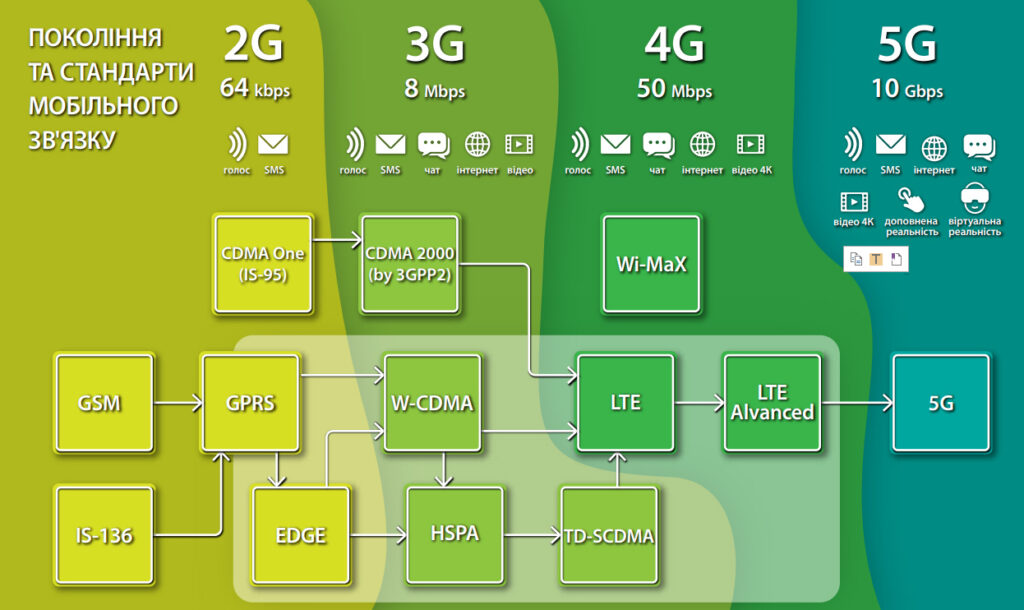
This time, it was the dedicated communication channel between the two subscribers that turned out to be superfluous. In fact, an electronic communication system is no different from a computer network. And modern computer networks do not have any such channels. Instead, all information is transmitted exclusively in data packets that arrive at the server and then are routed according to the unique identifier of the subscriber to whom they are intended — IP. Thus, all generations of mobile phones have been a transition from the principles of radio operation to the principles of a computer network.
Mobile network for NASA
Nokia is going to test such a system on the Moon on behalf of NASA. In fact, they are going to launch a base station-server there. This event is scheduled for 2024 as part of the IM-2 test lander mission, which is part of a new program to explore our planet’s satellite. The station will be tested on a small lunar rover equipped with a 4G receiver and transmitter to transmit the collected scientific data. Later, a station will be deployed next to the base module, where astronauts will work. They will also use mobile communications.
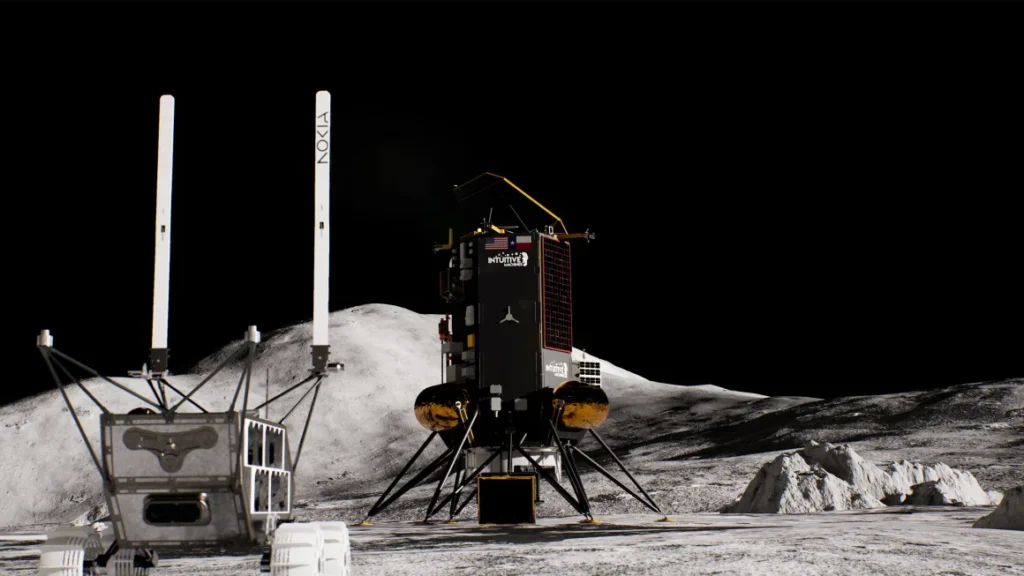
It’s worth noting that the lunar mobile communications project is fraught with a number of problems. The first of them is electromagnetic radiation, which is not restrained on the Moon by either the magnetic field or the atmosphere. Conventional electronics are easily damaged by such radiation, so space programs use either more primitive devices that are not as sensitive to electromagnetic fields and radiation or shielded equipment. But there are no surprises in this regard: all the properties of outer space have been well studied, so engineers know what to do to prevent electronics from failing. Moreover, Nokia has already conducted tests in a sealed chamber that reproduces all lunar conditions.
5G on the Earth’s satellite
Another problem that will have to be solved on the Moon is the high power consumption of the base station. On Earth, we don’t have this problem because we have plenty of energy and can freely send it everywhere in the form of radio waves. On the Moon, electricity will have to be saved, so it is not a good idea to increase the capacity of the mobile network by building new base stations of traditional design.
However, engineers have already found a way out. A fifth-generation network can help. Unlike its predecessors, 5G is not aimed at increasing network capacity, but at improving its efficiency. In terms of signal transmission, everything remains the same as with 4G. But instead of a single powerful station covering tens of kilometers, you can use many small stations that have a coverage of only a few hundred meters, but their energy consumption is much more modest. Experiments with the antenna pattern of these stations can also be useful here. Instead of radiating energy in all directions, it is planned to direct it to other devices and thus build a truly energy-efficient system.
Of course, all of the above will only become a reality if NASA prepares its test base module and then succeeds in launching and landing on the Moon. The United States has been planning to return to the Earth’s natural satellite for more than a decade. The last time the Apollo module was on its surface was almost 50 years ago. But in general, the prospect of creating mobile communications and the Internet on the Moon should be viewed with optimism.
Author: PhD in engineering
This article was published in #5 (186) 2021 of Universe Space Tech magazine. You can buy this issue in electronic or paper versions in our store.

